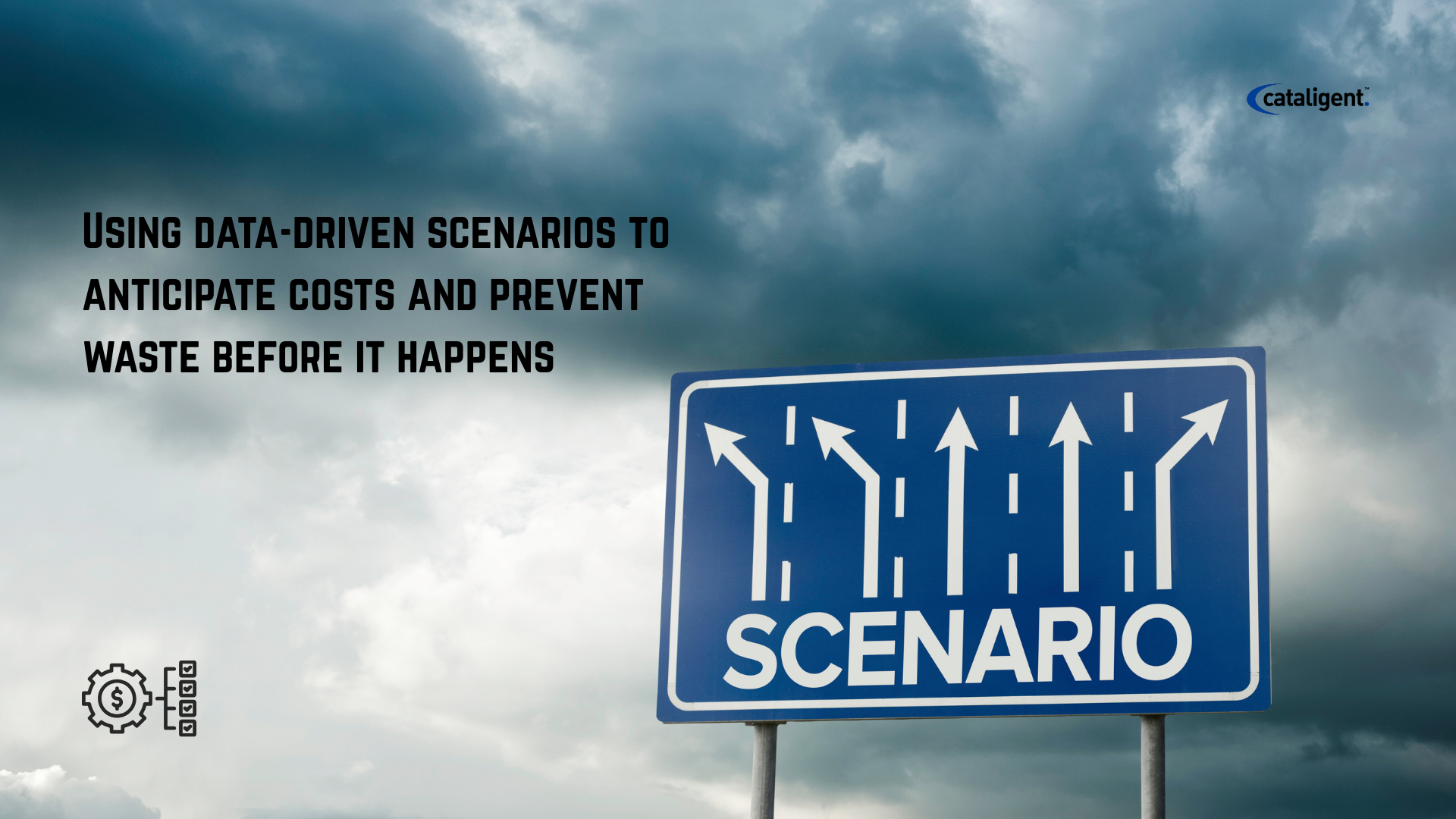Organizations face increasing pressure to optimize costs while maintaining agility and growth. Traditional budgeting methods often fail to anticipate fluctuations in demand, market shifts, or operational bottlenecks, leading to unforeseen waste and inefficiency. Scenario-based cost planning addresses this gap by leveraging data-driven insights and predictive modeling to forecast outcomes and proactively allocate resources. This approach allows businesses to anticipate problems, minimize unnecessary spending, and implement cost-saving strategies with precision.
What is Scenario-Based Cost Planning?
Scenario-based cost planning is the process of evaluating multiple potential business scenarios to understand the financial and operational implications of different decisions. By simulating various conditions—such as changes in market demand, supply chain disruptions, or regulatory shifts—organizations can identify risk areas and opportunities for optimization.
- Predictive modeling: Uses historical data and analytics to forecast costs and potential inefficiencies under different conditions.
- Proactive decision-making: Identifies areas where spending may become excessive, enabling preemptive action.
- Strategic alignment: Ensures resource allocation supports organizational goals while mitigating risks.
- Enhanced transparency: Provides leadership with a clear view of potential cost outcomes across departments and processes.
Why Scenario-Based Planning Matters
Without proactive planning, organizations often react to issues rather than prevent them. Scenario-based cost planning shifts the approach from reactive to predictive, which is critical in today’s fast-changing environment.
- Minimizes waste: By simulating potential outcomes, organizations avoid investing in initiatives that may not yield value.
- Supports strategic cost-saving strategies: Ensures resources are directed to areas that maximize ROI and efficiency.
- Improves risk management: Anticipates financial and operational risks before they materialize.
- Strengthens agility: Businesses can pivot quickly based on scenario insights, avoiding costly disruptions.
Example: A manufacturing company uses scenario-based planning to forecast the impact of a supplier price increase. By analyzing multiple procurement scenarios, the company identifies the most cost-effective supplier mix, avoiding unnecessary expenses.
Steps to Implement Scenario-Based Cost Planning
- Data Collection and Analysis
Gather historical financial data, operational metrics, and market intelligence. - Define Scenarios
Identify potential future states, including best-case, worst-case, and most likely scenarios. - Model Implications
Use predictive analytics to simulate the financial and operational impact of each scenario. - Validate and Refine
Engage stakeholders to ensure models reflect practical constraints and realities. - Plan and Allocate Resources
Prioritize initiatives based on scenario insights, ensuring resources are allocated efficiently. - Continuous Monitoring and Adaptation
Regularly update models with new data and adjust plans as conditions evolve.
Integrating Retrograde Planning and Validation
Retrograde planning complements scenario-based cost planning by working backward from desired outcomes to identify necessary steps and potential obstacles. Combined with top-down targets and bottom-up validation, it ensures that cost-saving strategies are realistic, actionable, and aligned with organizational priorities.
Validation Techniques:
- Process validation: Ensures that simulated cost reductions can be executed without disrupting operations.
- Resource validation: Confirms availability of personnel, tools, and capital required to implement savings.
- Risk validation: Assesses potential financial, operational, and compliance risks under different scenarios.
- Outcome validation: Measures predicted savings against achievable results to maintain credibility.
This multi-layered approach reduces uncertainty, enhances confidence, and ensures that cost-saving strategies are both sustainable and impactful.
Business Transformation Through Scenario-Based Cost Planning
Scenario-based cost planning is more than a financial tool—it’s a transformational approach that reshapes how organizations plan, allocate resources, and manage risk. By anticipating challenges and optimizing decisions, companies embed efficiency into the operational fabric.
- Enhances strategic agility: Leaders can quickly pivot plans based on insights from multiple scenarios.
- Fosters a proactive culture: Teams focus on preventing issues rather than reacting to them.
- Aligns spending with growth initiatives: Resources are directed toward high-value, high-impact areas.
- Strengthens cross-functional collaboration: Insights require input from finance, operations, and strategy teams, breaking down silos.
How Cataligent Helps
Cataligent leverages CAT4 and consulting expertise to implement scenario-based cost planning effectively. We combine predictive analytics, retrograde planning, and validation frameworks to ensure cost-saving strategies are not just theoretical but actionable and measurable.
Cataligent’s approach includes:
- Comprehensive data analysis: Collecting and interpreting financial and operational data to model scenarios accurately.
- Scenario modeling and simulation: Using predictive tools to evaluate multiple potential futures.
- Validation frameworks: Engaging teams to ensure simulations are realistic and actionable.
- Resource and risk alignment: Ensuring all initiatives are feasible and aligned with strategic priorities.
- Continuous monitoring: Updating scenarios and plans dynamically to maintain efficiency and sustainability.
With Cataligent, scenario-based cost planning becomes a strategic enabler of business transformation, ensuring organizations minimize waste, optimize spending, and make proactive, informed decisions that support long-term success.

